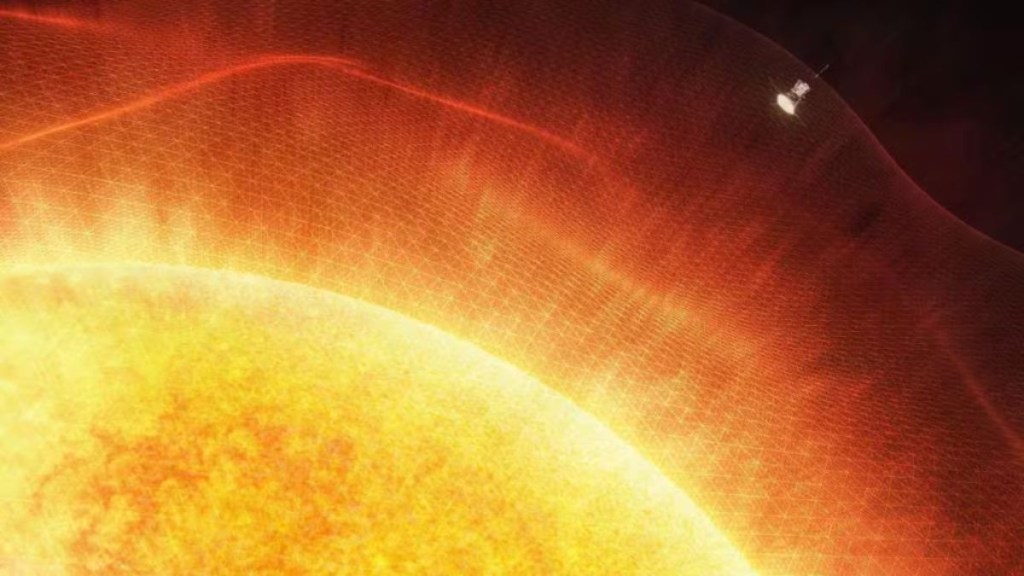Aditya L1 Mission Details: The Indian Space Research Organisation (ISRO) is over the Moon, quite literally! The space agency is gearing up to launch Aditya L1 Mission, which is the first space-based Indian mission to study the Sun. This mission will seek to unravel the secrets of the star nearest to planet Earth.
As part of the mission, the spacecraft will be placed in a halo orbit around the Lagrange point 1 (L1) of the Sun-Earth system, which is about 1.5 million km from the Earth. Placing the satellite around the Lagrange point 1 will prove very beneficial for ISRO as it will allow the scientists to view the Sun without any occultation/eclipses.
Aditya L1 Mission will help in studying the effect of the Sun on space weather in real-time as well as other solar activities.
What are the objectives of Aditya-L1 mission?
- India’s ambitious Aditya-L1 mission is looking forward to study a variety of topics and has several objectives –
- India’s first solar mission aims at studying the Sun’s upper atmospheric (chromosphere and corona) dynamics.
- The mission is going to focus on the study of chromospheric and coronal heating, the physics of partially ionised plasma, and initiation of coronal mass ejections and flares.
- The Aditya-L1 mission will also observe the in-situ particle and plasma environment providing data for the study of particle dynamics from the Sun.
- In a first, the mission will also look into the physics of the solar corona and its heating mechanism.
- Through this mission, ISRO will also study diagnostics of the coronal and coronal loop plasma. These include temperature, velocity and density.
- The mission will also attempt to identify the sequence of processes that occur at multiple layers (chromosphere, base and extended corona) which eventually leads to solar eruptive events.
- It will study the development, dynamics and origin of CMEs (Coronal Mass Ejections).
- Aditya-L1 will observe and study drivers for space weather, that is, the origin, composition and dynamics or solar wind.

